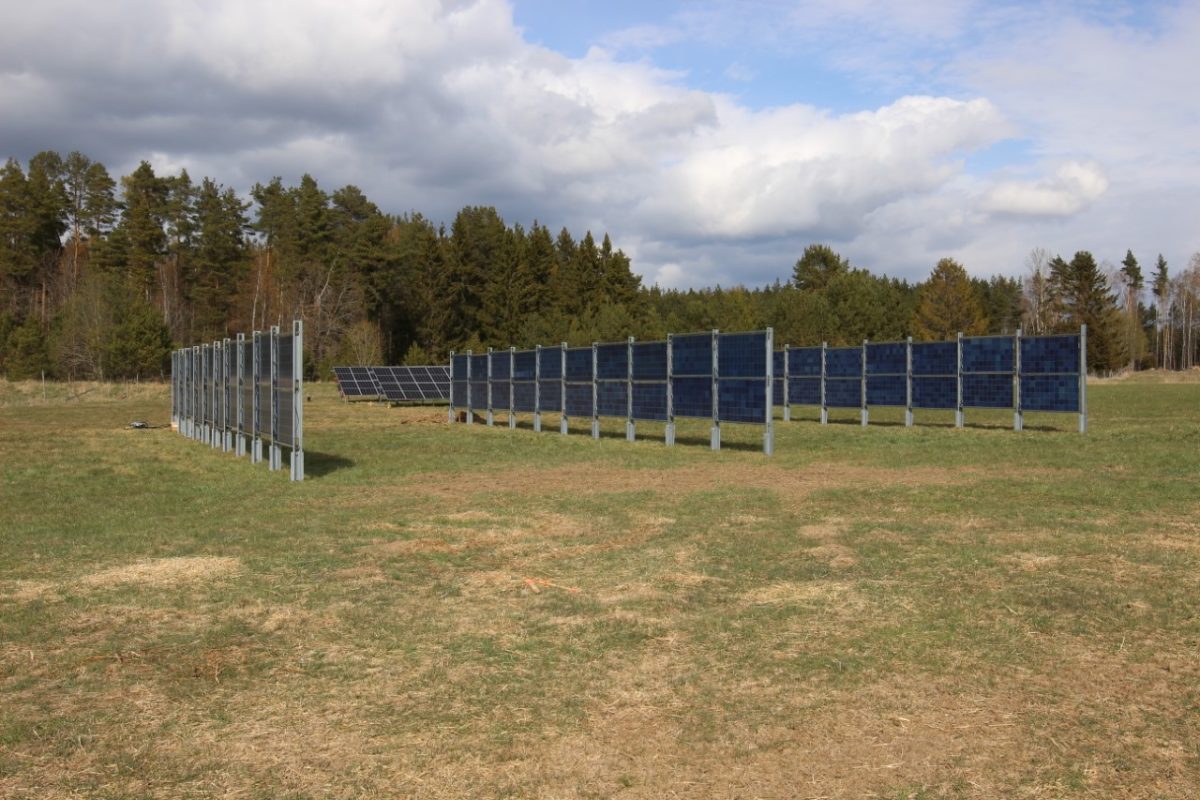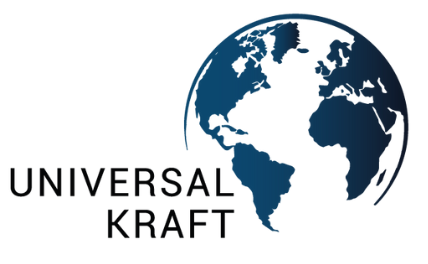
Researchers have looked at how vertical PV systems could provide more electricity during periods of higher demand, while enabling a higher level of integration with agricultural activities.
Researcher from the Leipzig University of Applied Sciences have found that such installations could have a beneficial effect in stabilizing the country’s grid, while allowing greater integration with agricultural activities than with conventional ground-mounted PV plants.
The study also accounted for the higher costs linked with bifacial panels and acknowledged that shading effects lead to a reduced installable power per area in vertical PV installations. This decrease occurs due to the typical variation in module row spacing, which ranges between 8 and 12 meters, consequently increasing the cost of wiring.

The scientists considered a tilt angle of 20 degrees and an average predicted energy yield of 1,020 Wh/W for standard ground-mounted systems. They calculated a bifaciality factor of 90% and an annual energy yield of 999 Wh/W for vertical PV systems oriented west-east. Additionally, for vertical PV systems oriented north-south, the estimated annual energy yield was 926 Wh/W.
It was also found that vertical PV systems can shift solar yield into hours of higher electricity demand and more electricity supply in the winter months, thus reducing solar curtailment.

Discover all our solar energy solutions here.




